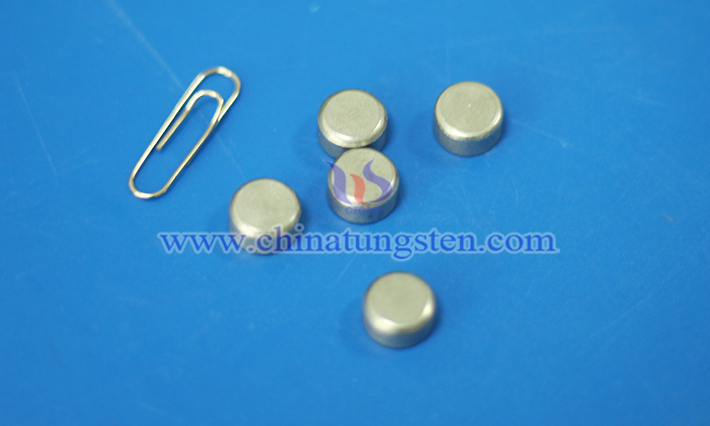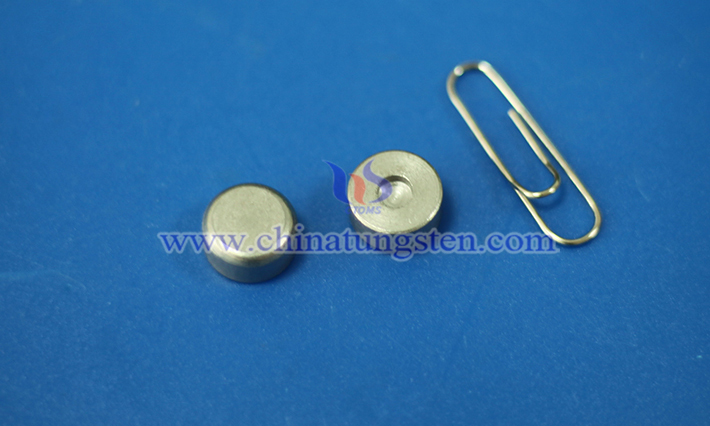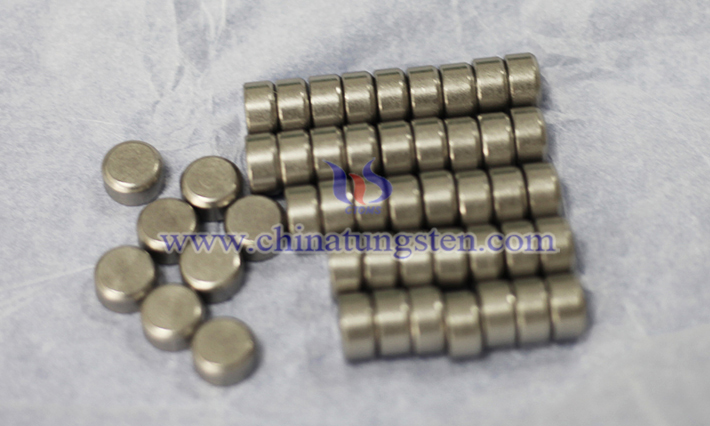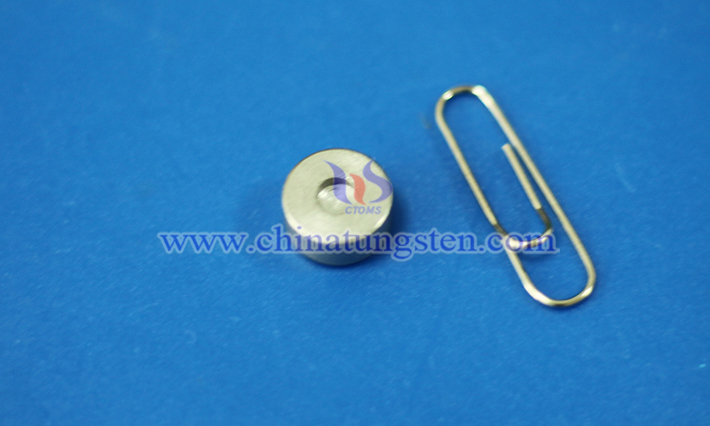Advantages of Barium Tungsten Electrodes in Pulsed Lasers
- Details
- Category: Tungsten Information
- Published on Thursday, 05 June 2025 17:48
- Written by Zhenghua
- Hits: 191

Barium tungsten electrodes (usually referring to barium-containing tungsten-based reserve cathodes) play a vital role in pulsed lasers, especially gas discharge-excited pulsed lasers, and are mainly used as high-performance cathodes. Its application core lies in providing an efficient, stable and long-life electron emission source to support the high current and high repetition frequency pulse discharge required by the laser.
Read more: Advantages of Barium Tungsten Electrodes in Pulsed Lasers
Application of Barium Tungsten Electrode in Low-Temperature Plasma
- Details
- Category: Tungsten Information
- Published on Thursday, 05 June 2025 17:46
- Written by Zhenghua
- Hits: 202

Low-temperature plasma refers to plasma generated at relatively low temperatures (usually room temperature to several hundred degrees Celsius). It has attracted much attention due to its unique advantages in materials science, biomedicine, environmental science and aerospace technology.
Read more: Application of Barium Tungsten Electrode in Low-Temperature Plasma
Factors Affecting the Machining Accuracy of Barium Tungsten Electrodes
- Details
- Category: Tungsten Information
- Published on Wednesday, 04 June 2025 17:56
- Written by Zhenghua
- Hits: 187

The realization of the machining accuracy of barium tungsten electrodes requires comprehensive control of multiple influencing factors such as material properties, machining parameters, environmental conditions, operating skills and quality inspection.
Read more: Factors Affecting the Machining Accuracy of Barium Tungsten Electrodes
Application of Barium Tungsten Electrode in High-Frequency Plasma
- Details
- Category: Tungsten Information
- Published on Thursday, 05 June 2025 17:45
- Written by Zhenghua
- Hits: 189

The application of barium tungsten electrode in high-frequency plasma benefits from its unique material properties: tungsten provides stability and heat resistance, and barium reduces the work function to improve the electron emission ability. This electrode is an efficient electron emission source in high-frequency plasma systems, which can help generate and maintain stable plasma and is widely used in material processing, surface treatment and plasma chemistry.
Read more: Application of Barium Tungsten Electrode in High-Frequency Plasma
Factors Affecting the Thermal Cycle Performance of Barium Tungsten Electrodes
- Details
- Category: Tungsten Information
- Published on Wednesday, 04 June 2025 17:54
- Written by Zhenghua
- Hits: 196

The thermal cycle performance of barium tungsten electrodes refers to their ability to maintain structural integrity and performance stability during repeated heating and cooling. The main influencing factors are as follows:
Read more: Factors Affecting the Thermal Cycle Performance of Barium Tungsten Electrodes





 sales@chinatungsten.com
sales@chinatungsten.com